GIS Example My Research
Much of my recent research on fracking boom
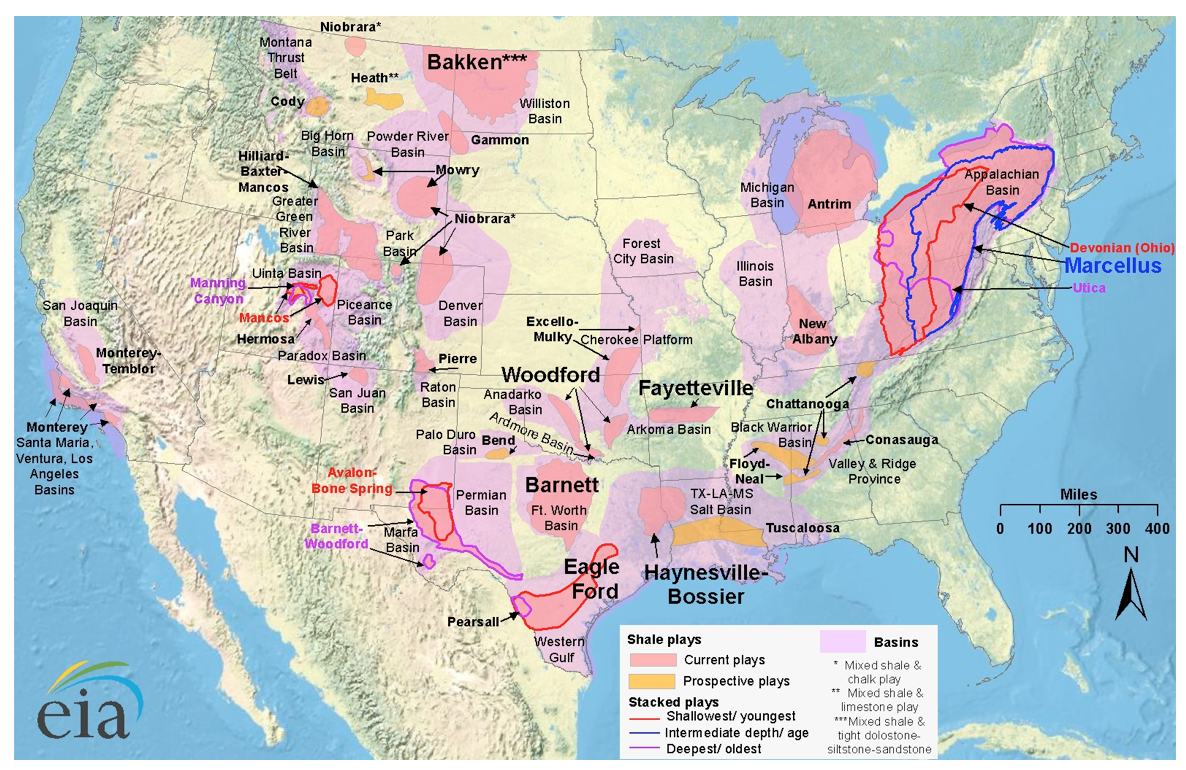
Lots of interesting economic and policy questions
Most have a spatial component
-
what are the costs of this technology?
- health impacts, house prices
-
how did firms learn where the good formations were and how to drill them efficiently?
-
who benefited?
- new formations worth approx $4 trillion
- 75% of that technically owned by private individuals, farmers, ranchers
"Relinquishing Riches: Auctions vs 'Wild West' Negotiations in Texas Oil and Gas Leasing"
with Thom Covert (link)
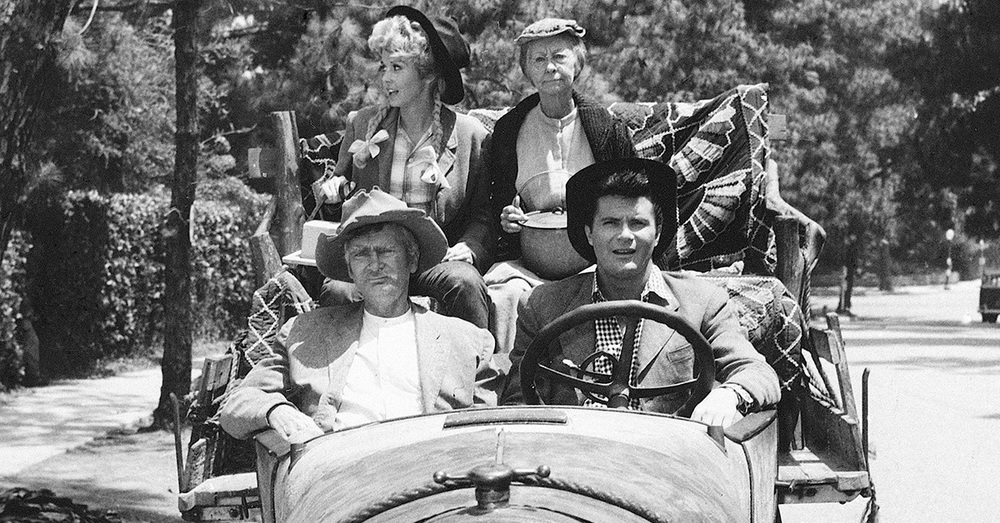
How should you lease your land?
-
Individuals own the minerals, but to monetize need to partner with an oil company.
-
These companies much more informed about value.
-
Economic theory suggests using an auction, but in practice most people "negotiate"
-
We estimate how much money negotiations leave on the table using a "natural experiment" in Texas
Texas constitution set aside land for public use
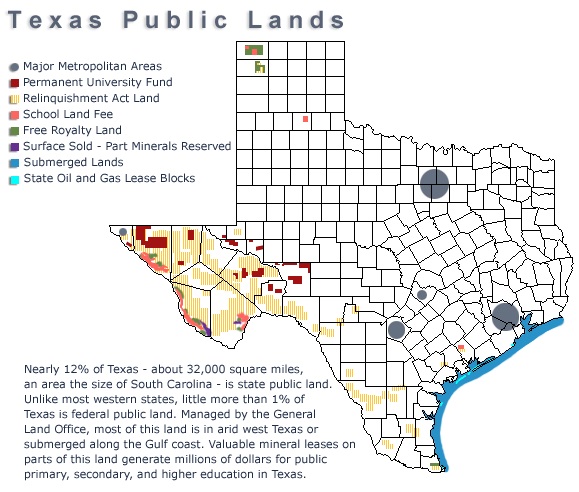
Public school lands sold prior to 1919 negotiated.
Rest auctioned centrally.
We map these parcels to subsequent leases
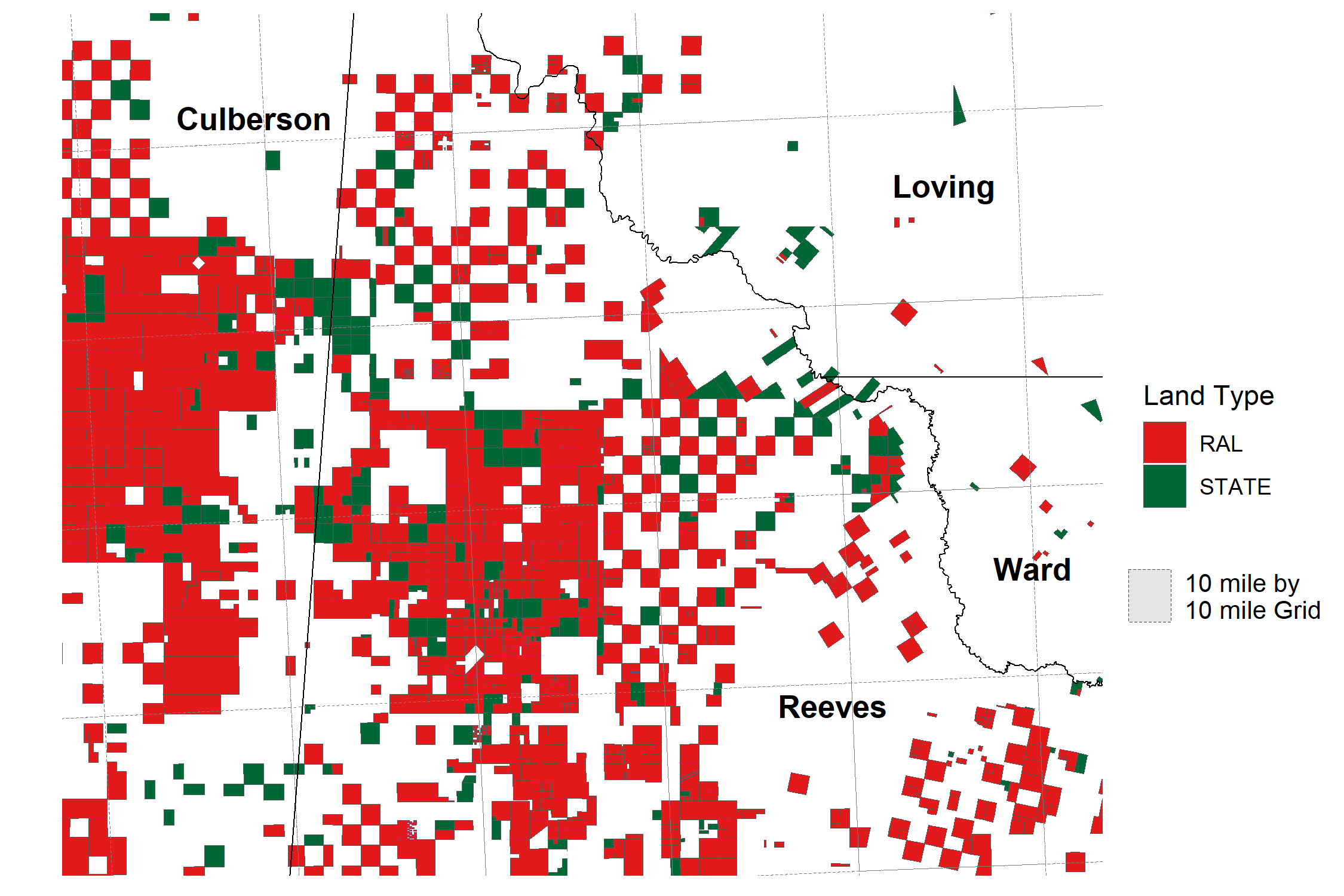
Also used machine learning to group leases
And map leases to well production
Challenge: finding reasonable buffers/ rules for trading off between Type I and Type II errors
Bonuses > 50% higher at auction
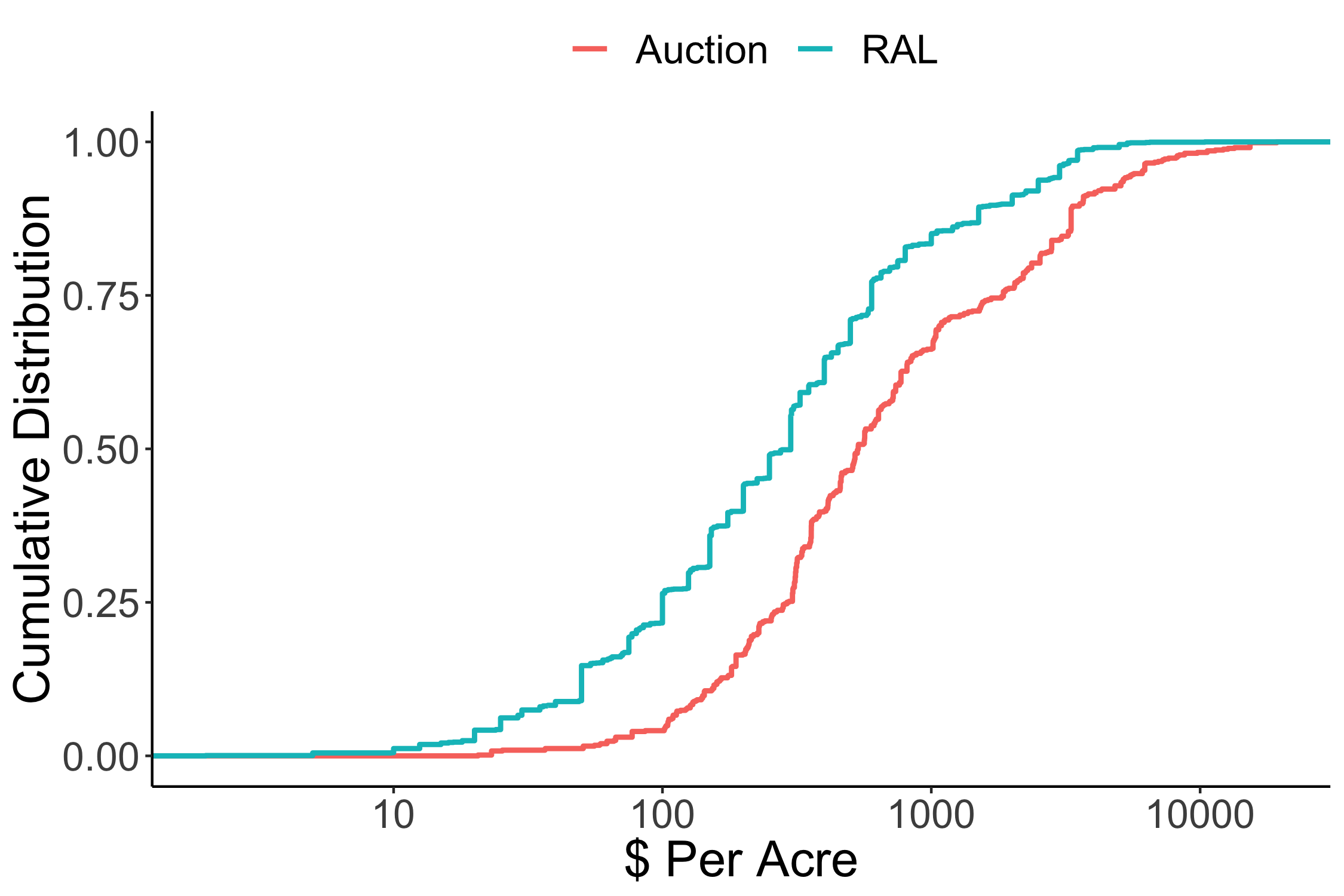
For typical lease, this is approx $200K
Land also more productive
Some GIS lessons
-
Used both ArcGIS and R
- we have a full time pre-doc (at Chicago)
-
Curse of dimensionality in spatial data
- 100,000 leases x 40,000 wells
- want continuous measure of controls TBD
- full DF with distance to every well is 4 billion rows
-
Putting wells in 10K leases takes a day on server